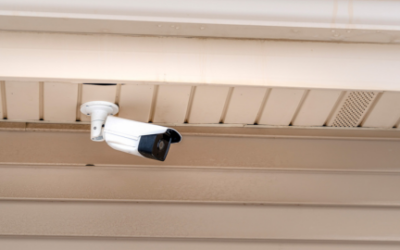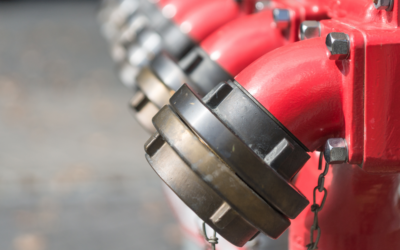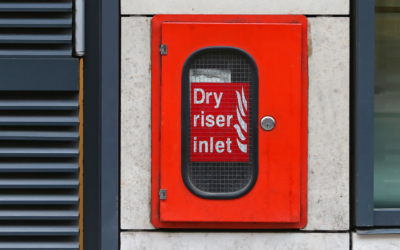What is an Arc Flash Hazard? Arc flash, also known as flashover, is a very dangerous event that can happen in any electrical system. It’s caused by a sudden electric current flow, usually when two different currents meet. This can happen when equipment is damaged or improperly installed. Additionally, temperatures at the source of an arc flash can reach 20,000°C causing severe burns and even death to those involved in this incident. However, there are ways to prevent this from happening in your company. If you have any electrical equipment installed in your facilities, it’s essential that you have an arc flash protection system installed as well. This is especially important for those working with high-voltage tools on a regular basis.
In this blog you will understand how an arc flash occurs, the impact an arc flash can have on the human body and the thermal energy submitted by an arc flash.

Arc Flash Hazards, The Occurrence
An arc flash occurs when an electrical current leaves its intended path and travels through the air between conductors or a conductor and the ground. An example could be if an insulating system fails, such as during a maintenance or repair operation. When an arc flash occurs, it can cause a thermal burn to the skin and tissue beneath. This can happen quickly and without warning, so it’s important that all workers are trained on how to identify potential hazards before they begin their work.
Anytime you work in proximity to energized equipment with sufficient voltage to cause an electric shock, an arc flash could occur. This could result in severe burns, blindness and bodily harm to yourself or others. We now categorise based on the 2018 edition of NFPA 70E. Measurement is an incident energy analysis. It is the amount of energy that has been released from the arc. This measurement can be used to determine how much voltage was present when an arc flash occurred. The higher the incident energy, the more dangerous an arc flash is likely to be. If you’re working around high-voltage equipment, it’s important to know how much voltage is present at any given time so you can properly assess your risk level and take necessary precautions.
Severe Burns, Blindness and Bodily Harm
Often arc flash injuries are a result of human error. When an arc flash occurs, it can result in death, severe burns and blindness. An arc flash victim will very rarely regain their previous quality of life once the incident has occurred. Even the controlled use of small equipment with low voltages can cause an arc flash incident to occur.
The severity of these injuries is dependent on how much voltage was flowing through the equipment. Low-voltage arc flash hazards will cause little to no damage while a high-voltage arc flash can result in death or third-degree burns across large areas of your body.
Due to the violent nature of an arc flash, exposure could result in extreme medical care. In the US, it has been recorded that treatment could cost in excess of $1,000,000.
Inflammation of the cornea can be caused by a flash burn and is often called welders eye. This occurs when the eye is exposed to ultraviolet UV light. Flash burns are similar to a sunburn, however, on the eye. Although this can take a few days to heal, it can often become infected or result in loss of vision.
Need A Fire Safety Risk Assessment?
Thermal Energy from an Arc Flash
An arc flash is a powerful burst of electricity that occurs when voltage levels in a circuit are above the minimum needed to light the lamp. The thermal energy from an arc flash is on average around 15 times higher than that of a short circuit.
A key difference between an arc flash and an electrical shock is in its release of heat. This can cause serious burns or death if you’re caught in it. If you see sparks coming from your tools or work area, disconnect yourself from the power source immediately before taking any further action.
There are various ways to prevent electric shocks such as using insulated gloves when working with high-voltage lines. However, these precautions don’t protect against arc flashes since they involve high amounts of current passing through metal that heats up very quickly.
Click here for more protective workwear
Conclusion
Arc flashes are dangerous and should be avoided by anyone working in high-voltage environments. The best way to do this is through the use of appropriate PPE such as coveralls, gloves, earplugs and safety glasses. In addition, it’s important to ensure that all electrical equipment is in good working order and has been tested for safety. If you work with high voltages on a regular basis then it’s essential to get trained in the correct use of PPE and learn how
If you’re working in a high-voltage environment and have any questions about the right type of PPE to wear, contact us today.








